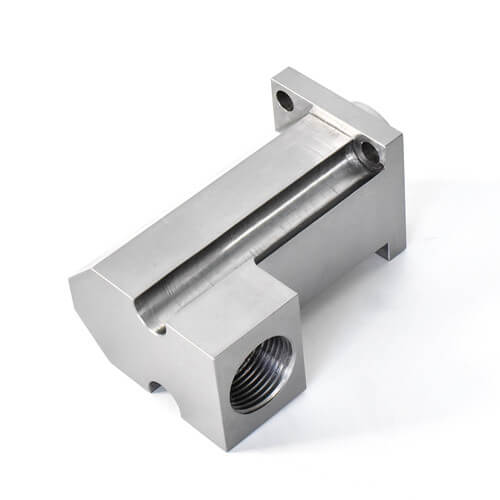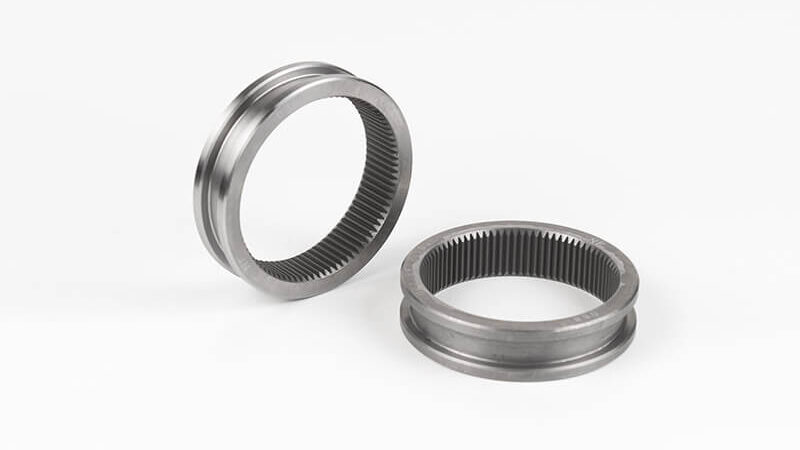The Importance of Design Considerations in Machined Parts
Machined parts play a vital role in a variety of industries, from automotive to aerospace. These parts are carefully crafted to meet specific requirements and perform essential functions. However, achieving perfection in machined parts is no easy task. It requires careful consideration of various design factors, including aspects of mechanical repair, to ensure optimal performance and functionality. Creative Machining Inc is one company that can perform both on-site and in-house repairs.
In this section, we will take a deeper look at the importance of design considerations for machined parts and explore how they affect the overall quality of the final product.
Design Considerations for Machined Parts
One of the primary design considerations in machined parts is material selection. The choice of material greatly influences the part’s strength, durability, and resistance to wear and tear. Different materials have varying properties, such as hardness, thermal conductivity, and corrosion resistance. Therefore, it is crucial to select a material that aligns with the intended application and environmental conditions. For instance, stainless steel is often preferred for parts exposed to moisture or corrosive substances, while aluminum is commonly used for lightweight components.
Another critical design consideration is dimensional accuracy. Machined parts must adhere to precise measurements and tolerances to ensure proper fit and functionality. Even the slightest deviation from the specified dimensions can lead to issues such as misalignment, leakage, or impaired performance. Therefore, designers must carefully analyze the part’s intended use and consider factors such as thermal expansion, assembly requirements, and mating components to determine the appropriate tolerances.
Furthermore, the design of machined parts should also account for manufacturability. Complex designs may pose challenges during the machining process, leading to increased production time and costs. Designers must strike a balance between functionality and ease of manufacturing. Simplifying the part’s geometry, reducing the number of machining operations, and minimizing the need for specialized tooling can significantly enhance manufacturability and cost-effectiveness.

In addition to material selection, dimensional accuracy and manufacturability, designers must also consider factors such as surface finish and part orientation. Because surface finish plays a critical role in a part’s aesthetics, functionality, and corrosion resistance, the choice of surface treatment method such as polishing, anodizing, or coating should be consistent with the part’s intended use and environmental conditions. On the other hand, part orientation also affects the machining process and the overall quality of the part. Correct orientation therefore minimizes machining errors, extends tool life and enhances the structural integrity of the part.
Moreover, design considerations in machined parts extend beyond the initial design phase. Designers must also consider factors such as part inspection, maintenance, and repairability. Incorporating features that facilitate inspection, such as access holes or inspection ports, can simplify quality control processes. Similarly, designing parts with modular or replaceable components can enhance maintenance and repairability, reducing downtime and costs.
In conclusion, design considerations play a pivotal role in crafting the perfect machined parts. Material selection, dimensional accuracy, manufacturability, surface finish, part orientation, and post-production factors all contribute to the overall quality and functionality of the final product. By carefully analyzing these design factors and making informed decisions, designers can ensure that machined parts meet the desired specifications, perform optimally, and withstand the rigors of their intended applications. Ultimately, a well-designed machined part is a testament to the meticulous craftsmanship and attention to detail that goes into its creation.
